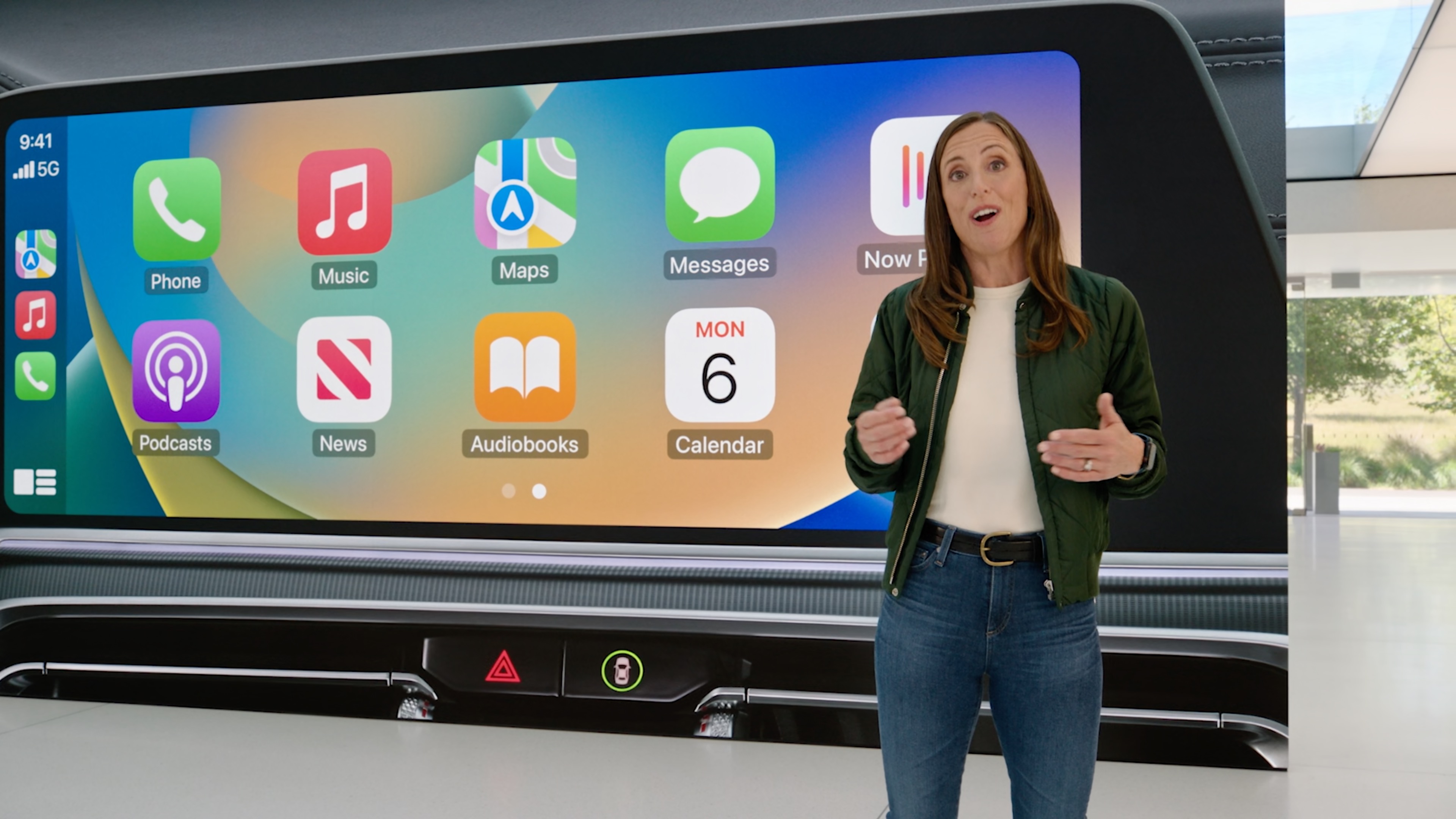The Apple VR headset's rumored new release date couldn't be more perfect
Apple's VR headset launch has been delayed until WWDC 2023

After rumors pegged the Apple VR headset for an April announcement, a new report suggests that Apple will launch the device at this year’s WWDC 2023 conference instead – and if that's the case, it could be one of the best moves Apple makes all year.
While it hasn’t been announced officially, rumors and leaks from the past few years have strongly suggested there's some kind of Apple VR headset in development, which will perform both virtual and mixed-reality functions.
According to various leaks, it’ll boast an ultra-crisp 2,800 pixel-per-inch micro OLED display, and two chipsets – one to handle the XR features (XR is short for extended reality, a term that encompasses VR, MR and AR), and an Apple M2 chip to enable laptop-style functionality. And instead of controllers, it’ll reportedly rely on voice commands and hand gestures.
The headset's release date has supposedly been pushed back a few times, with the device originally expected in 2021 or 2022, but 2023 actually looks set to be the year that we see the long-rumored VR headset – although true to form it looks like the device is facing one last delay, being pushed from April to WWDC 2023, which is expected to take place around June (via Bloomberg).
As with all rumors, we have to take this claim with a pinch of salt; however, this schedule shift makes a lot of sense, and I wouldn’t be surprised if WWDC 2023 is the event that finally delivers the Apple headset we’ve been waiting for. The timing has also been backed up by a separate report from The Financial Times, which also points towards a June release.
WWDC 2023 is perfect for a VR headset launch
I’ve long felt that WWDC is the perfect event for Apple to launch its VR headset. While the conference garners some consumer attention, as the company reveals new features coming in the next iOS build, and, potentially, new Apple products – it’s not generally in the public eye in the same way an iPhone, iPad, or Mac launch event is.

An Apple VR headset launch would attract a lot of attention whatever event it happens at. So by combing the reveal with WWDC, Apple not only gets more eyeballs on one of its less prominent events; it also avoids the headset cannibalizing the news cycle around the launch of one of its bread-and-butter products.
Sign up for breaking news, reviews, opinion, top tech deals, and more.
What’s more, as WWDC is an in-person gathering of leading developers, the event gives them the perfect opportunity to try the new headset, get a feel for its capabilities, and potentially be persuaded to create apps for it. Getting someone to use a headset is a much more powerful tool than simply telling them it’s incredible – many people I know have said they don’t care about VR, only to try one of my headsets and be instantly checking Amazon for a good deal.
An separate event wouldn’t be the worst option – the worst option in Apple's playbook would be another shadow drop as it did with the recent HomePod 2 – but it would lack some of WWDC’s unique advantages.
The announcement will be just the first step for the Apple VR headset though; with the VR space already filled with great devices like the Oculus Quest 2, Meta Quest Pro, and Pico 4, Apple will need to persuade us that its gadget is a worthy competitor. We'll just have to wait and see what it reveals, and when.

Hamish is a Senior Staff Writer for TechRadar and you’ll see his name appearing on articles across nearly every topic on the site from smart home deals to speaker reviews to graphics card news and everything in between. He uses his broad range of knowledge to help explain the latest gadgets and if they’re a must-buy or a fad fueled by hype. Though his specialty is writing about everything going on in the world of virtual reality and augmented reality.